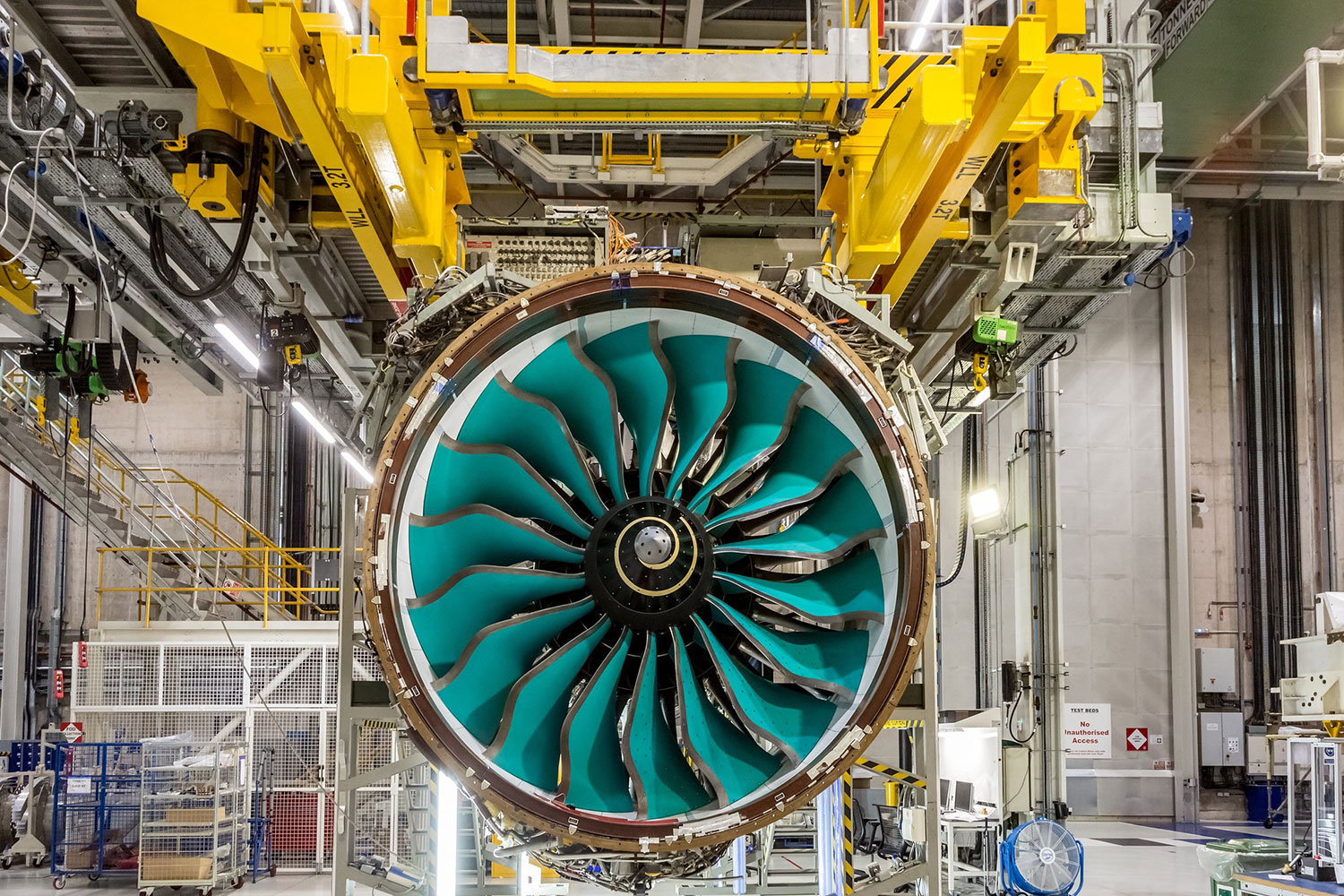Imagine a network of gas stations not for race cars, but for multi-million dollar satellites hurtling through space. The U.S. Space Force is turning this futuristic vision into reality, aiming to establish orbital filling stations to prolong the lifespan and enhance the capabilities of critical space assets.
Why the Need for Orbital Gas Stations?
Building and launching satellites incur significant costs, and while engineers work to maximize their lifespan, the need for propellant remains a challenging limitation.
Satellites, crucial for various functions, rely on propellant for orientation and orbit adjustments. Unfortunately, propellant depletion renders even well-maintained spacecraft useless after a few years.
To address this challenge, Northrop Grumman and other companies are actively developing in-orbit servicing modules. While the idea of refueling in space may have seemed like science fiction, technological advancements are turning it into a game-changer.
The goal is to establish a unified refueling system centered around the Passive Refueling Module (PRM). The Space Systems Command (SSC) is investing further in Northrop Grumman to develop a Geosynchronous Auxiliary Support Tanker (GAS-T) orbital tanker.
Challenges and the Road Ahead:
Numerous challenges exist, including docking procedures, fuel transfer mechanisms, and long-term space storage, all requiring complex solutions. Regulatory and safety considerations demand careful planning and international cooperation.
Despite these hurdles, the Space Force actively collaborates with private companies and research institutions. Prototypes are in development, and the first operational tests could occur within a few years







